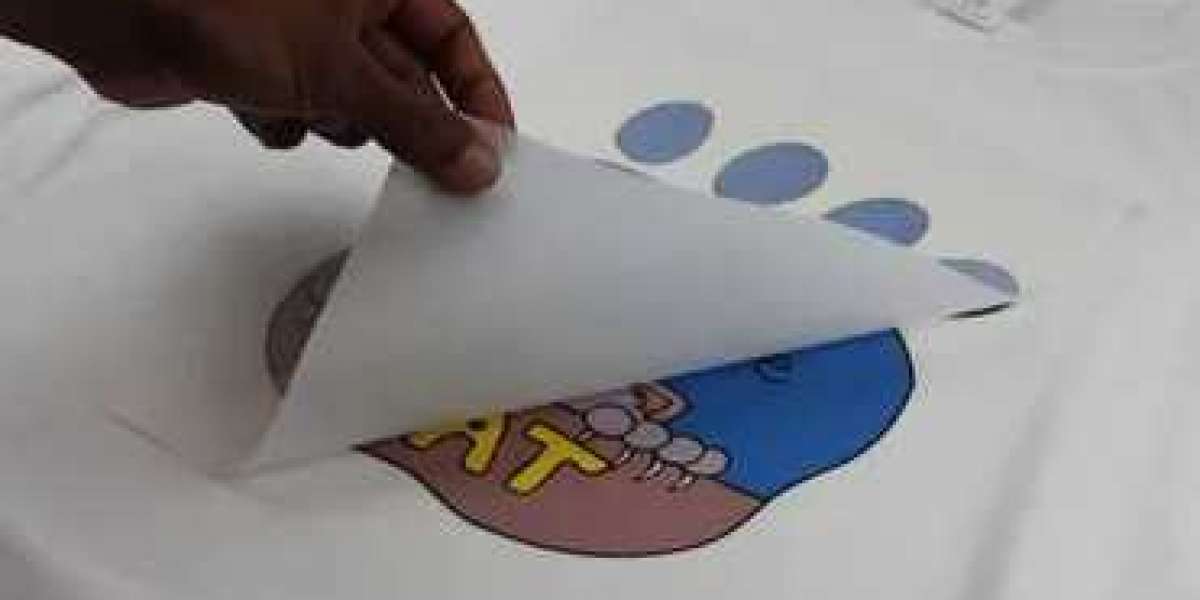Popular T-Shirt Logo Printing Techniques
1. Screen Printing
Tshirt logo printing represents a widely used and resilient approach to printing logos on t-shirts. This printing method uses a mesh screen to push ink onto fabric which produces vibrant prints that stay intact for a long time.
Pros:
Ideal for bulk orders
Produces vibrant and durable designs
Cost-effective for large quantities
Cons:
Limited color options per design
High setup costs for small runs
2. Direct-to-Garment (DTG) Printing
A specialized inkjet printer allows DTG printing to apply ink directly to the fabric. This printing method excels at producing detailed designs with vibrant colors.
Pros:
High-quality prints with intricate details
The absence of setup costs makes Direct-to-Garment Printing perfect for small production batches.
Unlimited color options
Cons:
Not as durable as screen printing
Higher cost per print
3. Heat Transfer Printing
Heat transfer printing applies heat and pressure to move a design from unique paper or vinyl sheets directly onto t-shirts.
Pros:
Great for small runs and custom designs
Can create detailed images and gradients
Works well on different fabric types
Cons:
May peel or fade over time
Not as breathable as other methods
4. Embroidery
Specialized machines are used to stitch logos onto fabric through embroidery. Embroidery represents a premium choice for professional attire despite not being classified as a printing technique.
Pros:
Extremely durable
Professional and high-end look
Works well on polo shirts and uniforms
Cons:
Limited to simple designs
More expensive than traditional printing
Key Considerations for High-Quality T-Shirt Logo Printing
1. Choose the Right Fabric
Each printing technique performs optimally on particular fabric types. Screen printing and DTG processes perform best on cotton fabrics whereas heat transfer printing produces optimal results with polyester.
2. Opt for High-Resolution Designs
Prints will be sharp and clear when your logo file is at least 300 DPI resolution and saved in vector formats including AI, SVG, or EPS.
3. Understand Color Matching
Maintain brand consistency by applying Pantone or CMYK color models to align your logo’s precise shades across various printing techniques.
4. Consider Durability and Washability
Select a printing approach that maintains its quality through repeated washing cycles without losing color or developing cracks. Screen printing and embroidery represent the top choices for long-lasting t-shirt logo durability.
T-Shirt Logo Printing delivers advantages in both SEO and Brand Recognition.
Printed logos on custom logo t-shirt printing function as strong marketing assets for businesses and organizations. Businesses benefit from printed t-shirts through enhanced brand awareness while establishing team unity and distributing economical promotional products.
Conclusion
Printing logos on t-shirts proves to be an effective strategy for brand representation as well as for making creative and fashion-forward statements. Optimal custom t-shirt results come from choosing appropriate printing methods together with quality materials and durability considerations. The investment in professional logo printing improves brand visibility and customer interaction when used for business purposes or personal projects.








